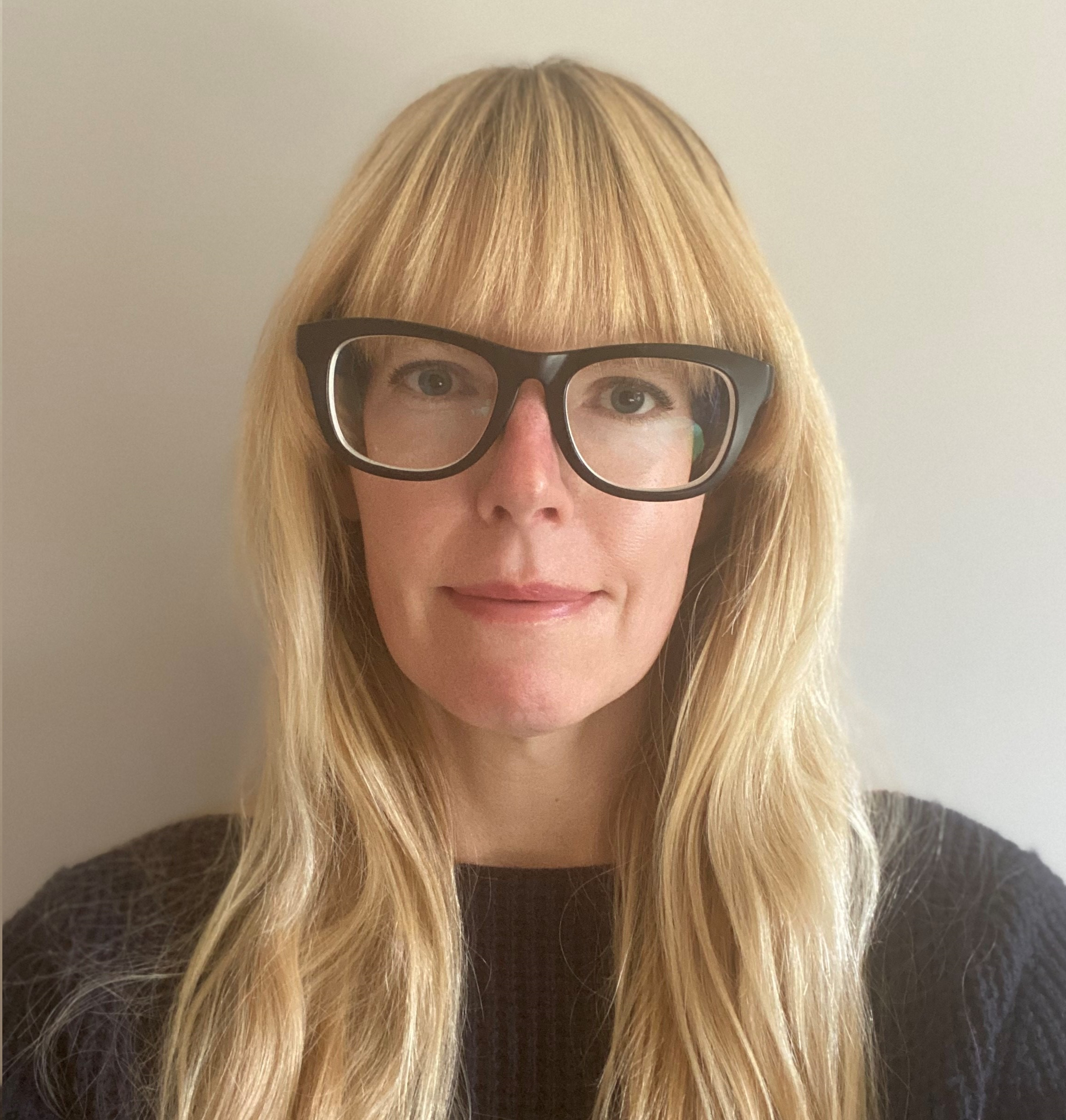It can be distressing to suddenly notice that your ponytail is smaller, that your hair part is wider, or that you’re losing more and more hair in the shower. If you’re experiencing thinning hair, menopause might be the culprit—but that doesn’t mean you’re stuck with bad hair days. Keep reading for some of our best tips on how to reverse thinning hair after menopause.
What Causes Menopause Hair Thinning?
Throughout your life, your body’s estrogen—also known as “the female hormone”—plays a role in how your hair looks and feels, helping your hair grow and limiting how much it sheds. As your estrogen production decreases around menopause, your hair growth cycles shorten, so new growth can’t keep up with normal hair loss like it used to.1
The dip in estrogen also changes the ratio of female hormones to “male” hormones (called androgens, these include sex hormones like testosterone) in your body. Androgen activity not only shortens your hair’s growth phase, but it also lengthens the time between a shedding phase and the start of a new growth phase, compounding the issue of menopause hair thinning. Hair follicles also shrink as a result of androgen activity, so the hair shaft is smaller. The result is not just less hair on your scalp overall, but also thinner individual strands.2
Menopause Hair Thinning: It’s More Common Than You Think
You’re not alone if you’re experiencing menopause hair thinning or even perimenopause hair thinning—it’s estimated that as many as two thirds of postmenopausal women experience hair thinning or bald spots, and almost every woman experiences some degree of female pattern hair loss.3
Menopause Hair Thinning Remedies
Wondering how to strengthen your hair after menopause, prevent or reverse thinning hair during menopause or what to do about thinning hair after menopause has already done some damage? Here’s what you can try to get your follicles back in tip-top shape:
Tap Into Your Inner Vampire
One promising treatment for menopause hair thinning is PRP (Platelet-rich Plasma) therapy. Platelets are one of the four main components of blood and promote cell growth and regeneration. During a PRP treatment, your blood is drawn, and the plasma within it is injected deep into your scalp to stimulate hair growth cells in the follicle.4
Consider Laser Therapy
Though it’s not a great option if you’ve had bald spots for years, low-light laser therapy (LLLT) has shown promising results for follicles that are just thin or weak.5 LLLT works by producing a wavelength of light that stimulates the stem cells responsible for the regeneration of hair follicles and increases blood flow in the scalp.6 LLLT is often done together with PRP treatments, but you can do it on its own with at-home devices, too.
Tweak Some Everyday Habits to Address Menopause Hair Thinning
Not ready to explore plasma or lasers to address thinning hair during menopause? Start small. Just like your skin, your hair is impacted not only by hormones, but also by daily habits and factors like smoking, chronic stress, drinking, and UV exposure.7 Adjust accordingly—it might be a good time to consider quitting smoking, occasionally switching to mocktails, taking up meditation, or avoiding super tight ponytails or buns. Small changes can add up.
Fine-tune Your Diet
Blood flow to the hair follicles decreases with age, so hair has less access to the nutrients that keep it looking its best. Make sure your diet is full of healthy-hair nutrients like high purity, omega-3 fatty acids, vitamins A and C, protein, and beta-carotene so thinning hair has a chance to grow and isn’t amplified by everyday styling, UV exposure, free radical damage, and oxidative stress.8
Consider Adding Supplements Designed to Address Menopause Hair Thinning
If you’re having trouble hitting your nutritional goals with food alone, consider looking into supplements with ingredients specifically targeted at thinning hair during menopause. Vitamins specifically designed for managing menopause can help fill in the gaps in your diet and give your hair the nutrition it needs.
Resources
- https://pubmed.ncbi.nlm.nih.gov/22171679/
- https://my.clevelandclinic.org/health/diseases/16921-hair-loss-in-women
- https://jddonline.com/articles/dermatology/S1545961617S0135X
- https://www.health.harvard.edu/blog/platelet-rich-plasma-does-the-cure-for-hair-loss-lie-within-our-blood-2020051119748
- https://www.healthline.com/health/laser-treatment-for-hair-loss
- https://www.ohiohairrestoration.com/uncategorized/low-light-laser-therapy-lllt-for-hair-loss-the-hype-vs-reality/
- https://jddonline.com/articles/dermatology/S1545961617S0135X
- https://jddonline.com/articles/dermatology/S1545961617S0135X







-v1645131697587.png?2084x2269)



Comments
Post commentI never knew about the plasma and laser treatments for hair growth. However I would prefer to start with the changes recommended by eating, moderate lifestyle and supplements. Thank you for the sound advice and offering such supplements.
I would love to see Bonafide come out with a high quality hair supplement that actually helps hair growth!